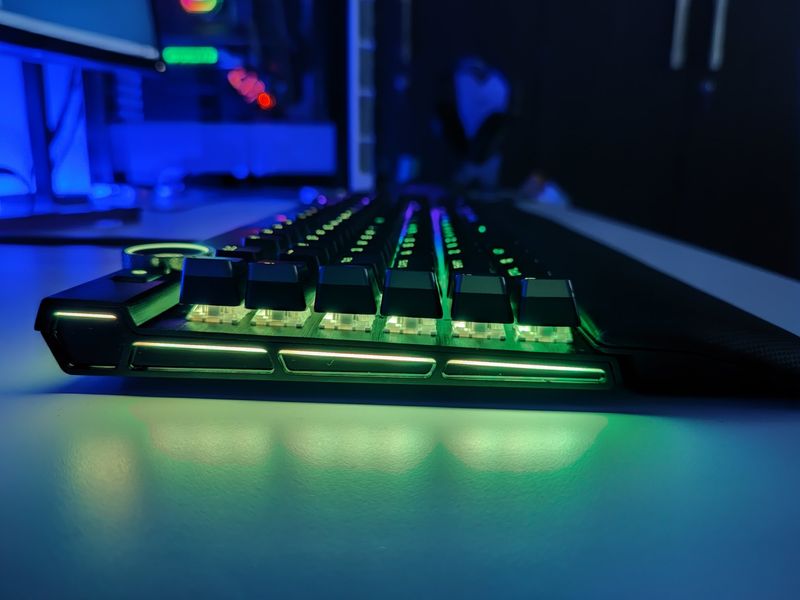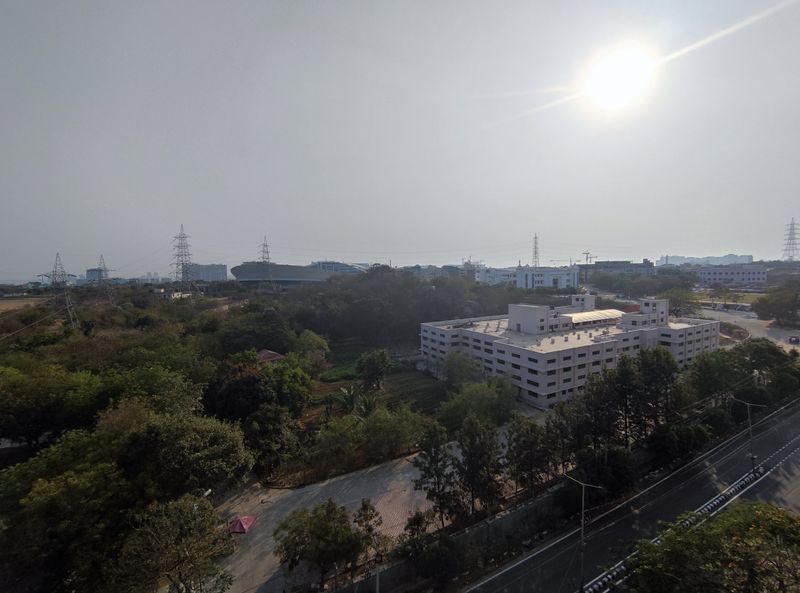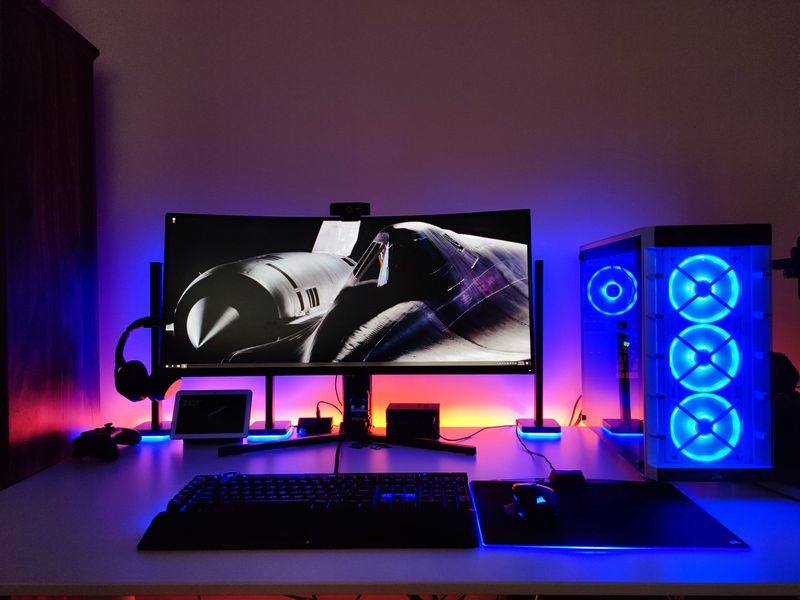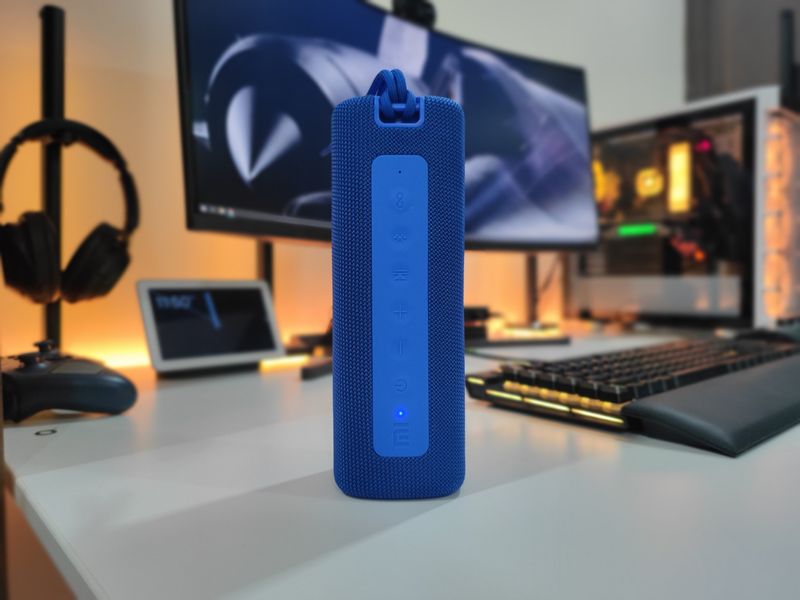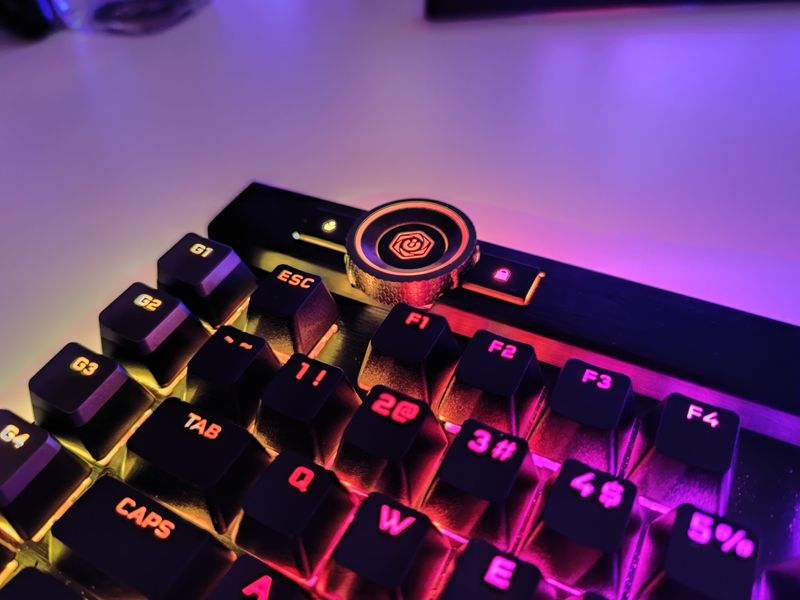Review - Xiaomi Mi 11 beats the Galaxy S21 where it counts - Android
Xiaomi has finally created a phone that beats the best that Samsung has to offer.
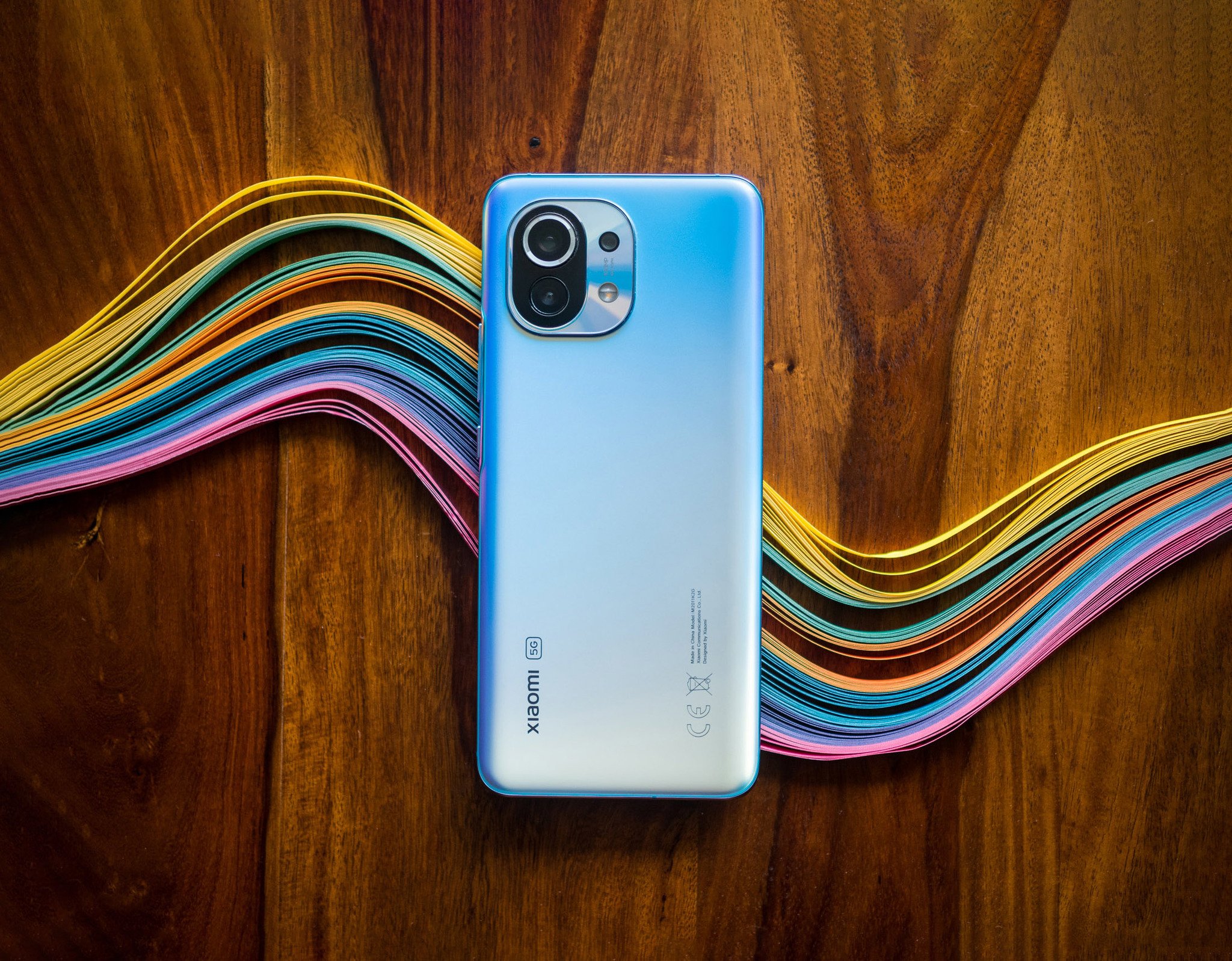
I've used all Xiaomi phones in the Mi numbered series starting with the Mi 3. The Mi 3 and Mi 4 offered outstanding value for money and set up Xiaomi as a viable alternative to established brands in countries like India. The Mi 5 continued that push with a gorgeous metal and glass design, the Mi 5s switched to an all-metal aesthetic, the Mi 6 showcased Xiaomi's hardware and camera prowess, the Mi 8 saw the introduction of the notch, and the Mi 9 had a great camera but was a letdown in terms of software.
Xiaomi changed its strategy last year, focusing on the high-end segment with the Mi 10 Pro. The regular Mi 10 was aimed at value-focused buyers, with both phones offering outstanding cameras and a gorgeous design that made them hold their own against the Galaxy S20.
Ultimately, it was the software that let down the Mi 10 and Mi 10 Pro. Software issues have been a constant thorn in Xiaomi's side over the last five years, and while the brand offers some of the best hardware you'll find today, it just couldn't measure up to Samsung, OnePlus, Google, and others in terms of software.
Thankfully, that's changing in 2021. The Mi 11 comes with MIUI 12 based on Android 11, and Xiaomi has finally fixed the issues that have been plaguing its software — there are no issues with push notifications, no ads in the interface, and no quirks out of the box. In short, the software experience is on par with the hardware, and I haven't said that about a Xiaomi phone in five years.
In a year where Samsung downgraded a few things on the Galaxy S21 to make it more accessible, Xiaomi is introducing ambitious features: the Mi 11 has a QHD+ panel, 55W wired and 50W wireless charging, a stunning new design, and a 108MP camera at the back that takes better photos than just about every other phone today. The best part? It costs less than the Galaxy S21.
Xiaomi Mi 11 review:
- Price and availability
- Design and screen
- Performance and battery
- Cameras
- Software
- The competition
- Should you buy?
Xiaomi Mi 11
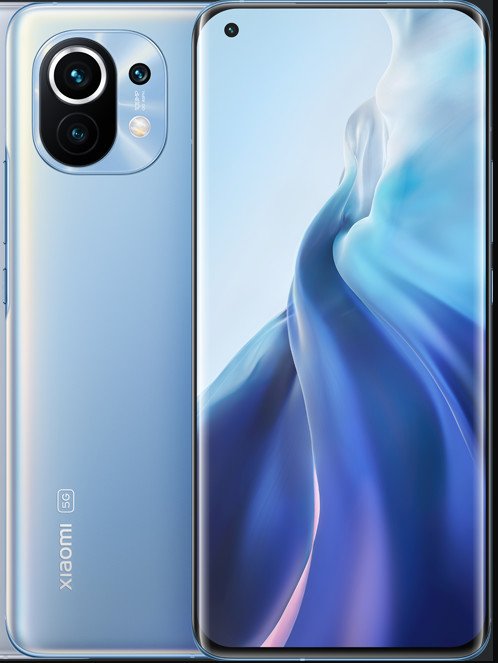
Bottom line: The Mi 11 has an evocative design, stunning QHD+ AMOLED screen, and a 108MP camera at the back that takes amazing photos. Combine that with the best internal hardware you'll find today, 55W wired and 50W wireless charging, and an Android 11 skin that has plenty of customizability and you get the Android phone to beat in 2021.
The Good
- Outstanding 108MP camera
- Stellar internal hardware
- Gorgeous design
- Sublime QHD+ 120Hz screen
- 55W wired / 50W wireless charging
- Android 11 out of the box
The Bad
- Average battery life
- No IP protection
- Global availability still limited
See at Xiaomi
Xiaomi Mi 11 Price and availability
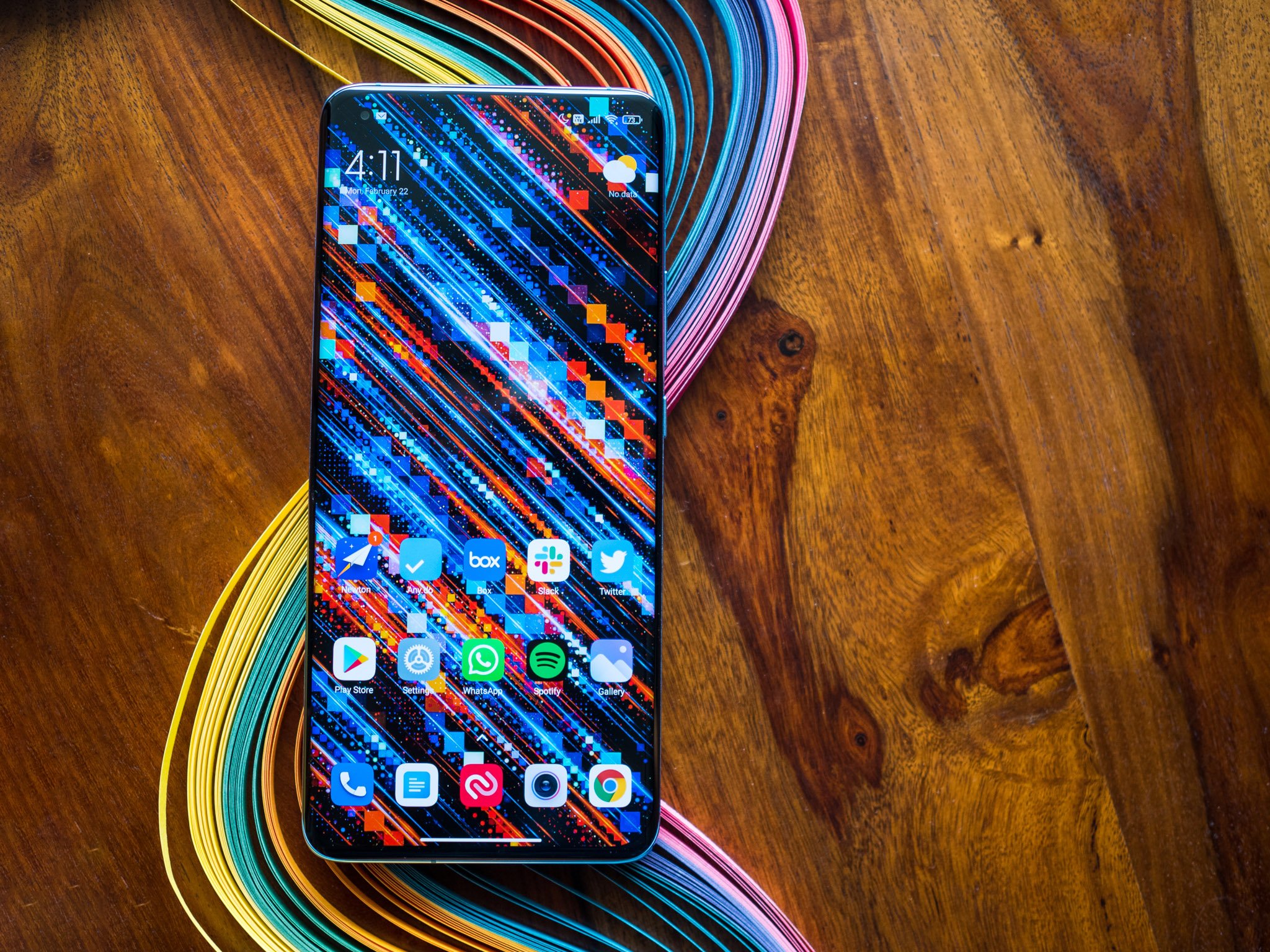
The Mi 11 is available in China and is going on sale in Malaysia, the Philippines, Singapore, Thailand, and Vietnam from February 25. The phone is also slated to make its debut in Europe shortly, with pre-orders kicking off on February 26 followed by availability from March.
In Europe, the Mi 11 will be sold in two versions: a base model with 8GB of RAM and 128GB of storage that costs €749 ($910), and an 8GB/256GB version for €799 ($970). The phone is available in Horizon Blue, Midnight Gray, and Cloud White color options outside of China.
Like all Xiaomi phones, the Mi 11 is not going to launch in the U.S., but the global model should be available on Amazon later this year. There's no information as to when the phone will be available in India, but we should know more on that front soon.
Xiaomi Mi 11 Design and screen
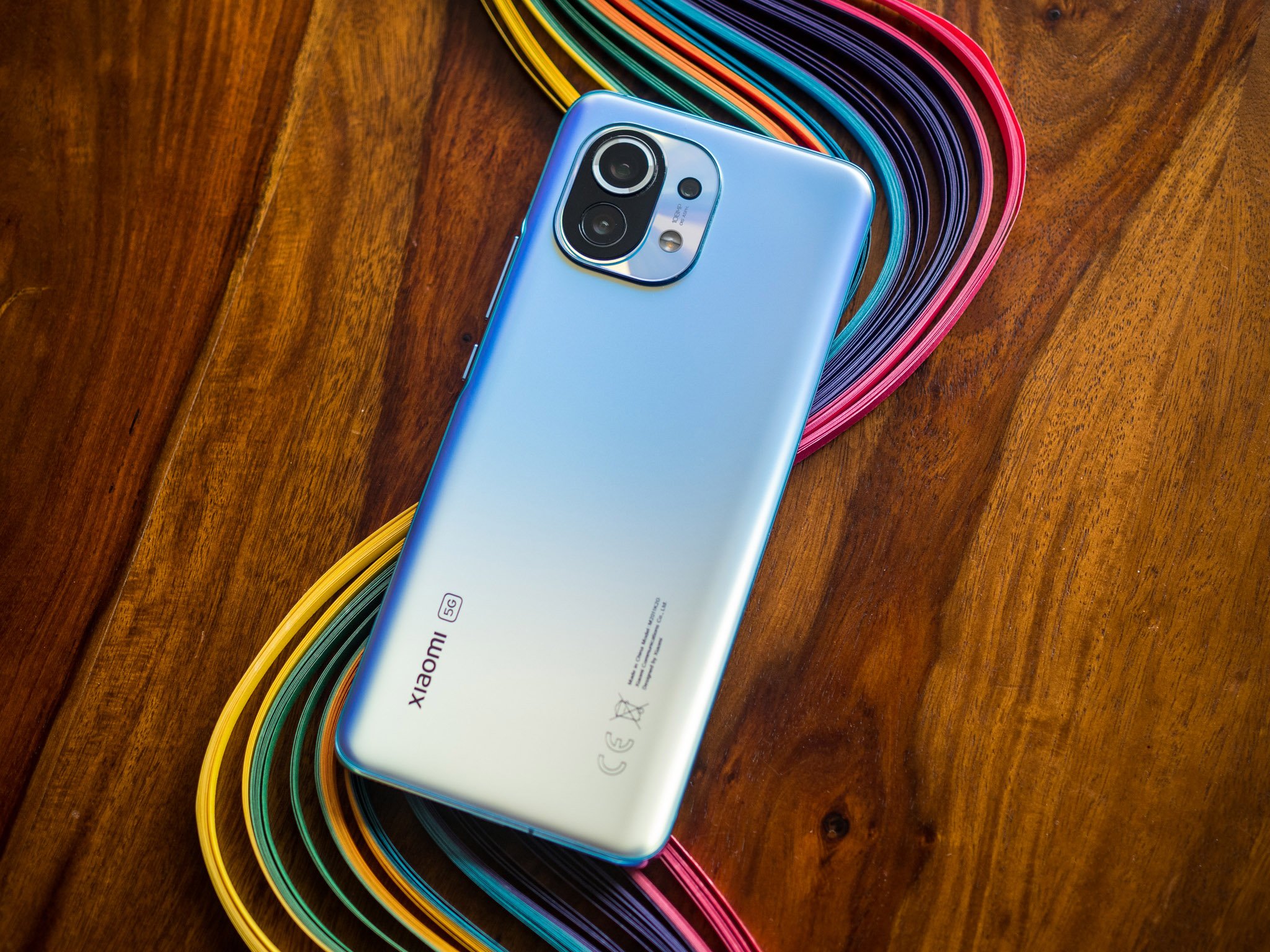
Xiaomi has steadily refined the design aesthetic of its Mi flagship series over the last three years, and the Mi 11 feels like the culmination of those efforts. The phone has symmetric dual curves at the front and back, and the glass pane at the front is protected by a layer of Gorilla Glass Victus while there's Gorilla Glass 5 at the back.
Xiaomi also offers the Mi 11 in a leather option, but that particular model is limited to China. The aesthetic itself should be immediately familiar if you've used a flagship in the last two years — the two panes of glass are joined by an aluminum mid-frame, and the phone feels premium.
The Mi 11 is easily one of the best-looking phones Xiaomi has made to date.
That doesn't mean there isn't anything to be excited about on the design front — the Horizon Blue color variant I'm using has a gradient design that alternates between various hues of blue. It is very similar to the P30 Pro from two years ago, and I like the bold aesthetic. The phone is also available in Midnight Gray and Cloud White if you're not a fan of the gradient design.
Another standout is the new camera housing: the Mi 11 has three cameras at the back, with two arrayed vertically and the 5MP macro module sitting to the right above the LED flash module. The main 108MP camera and the 13MP wide-angle lens are encased in a housing that's decked out in black, and the module sits within a square island made out of aluminum that includes the macro and LED flash. The island itself features the same color as the back, and the contrast with the main camera housing adds a lot of design flair to the phone.
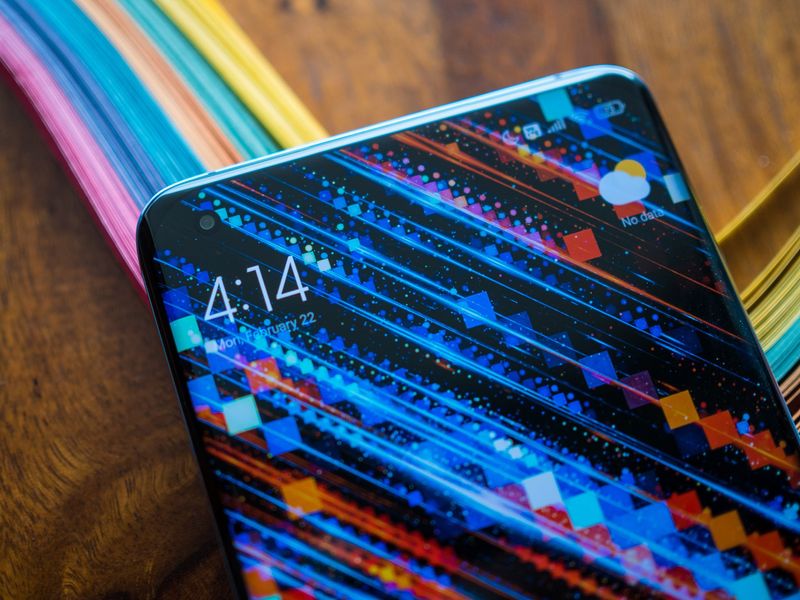
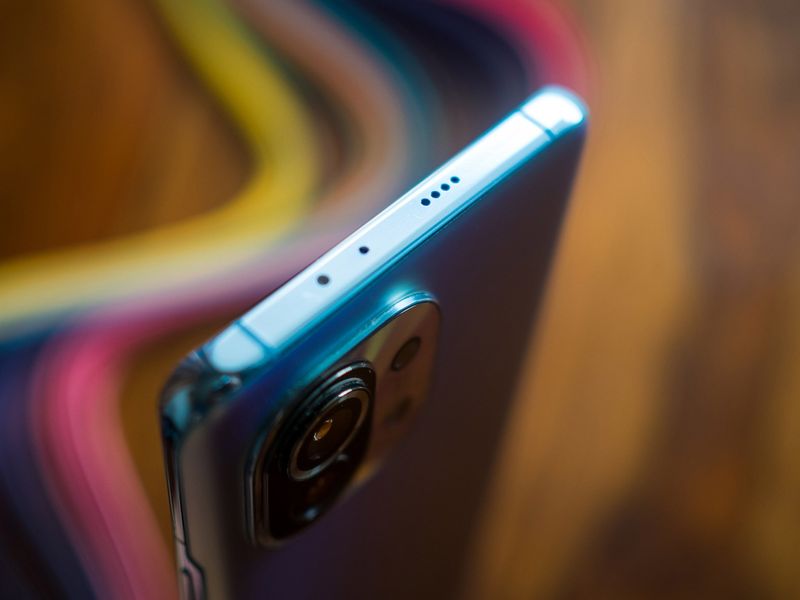
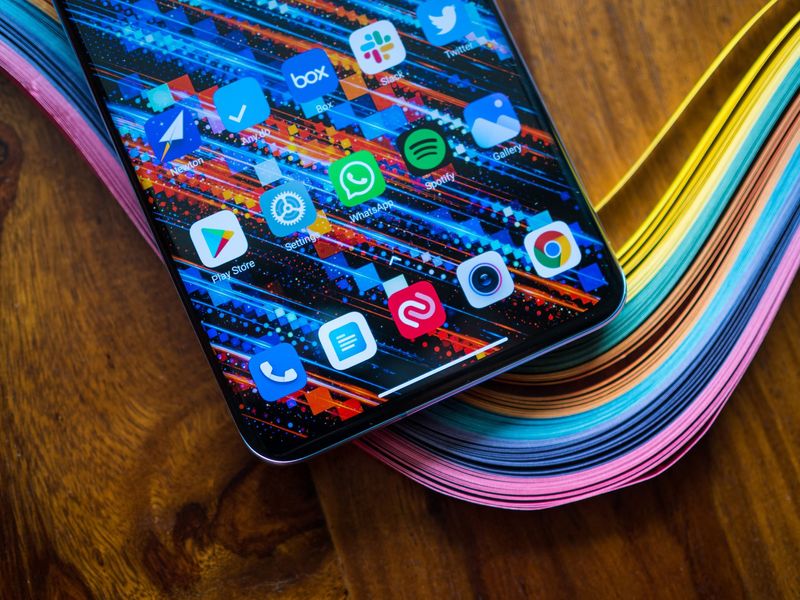
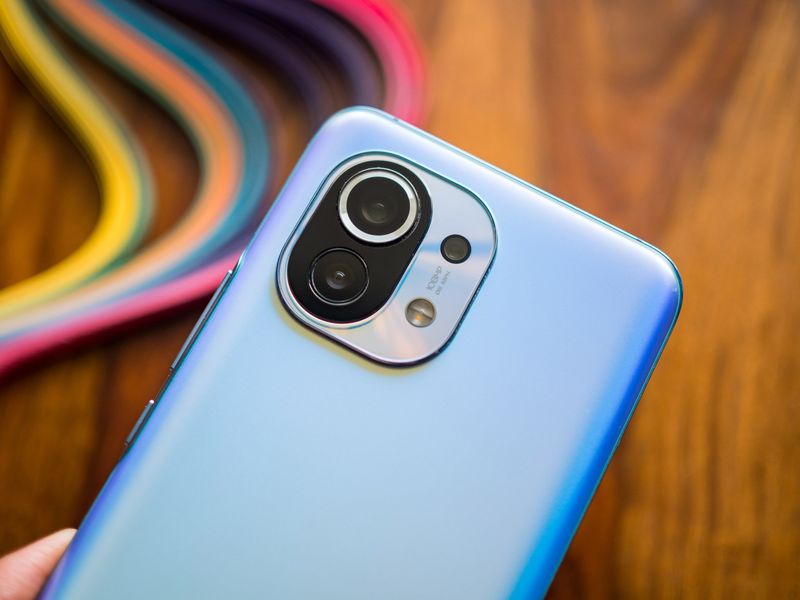
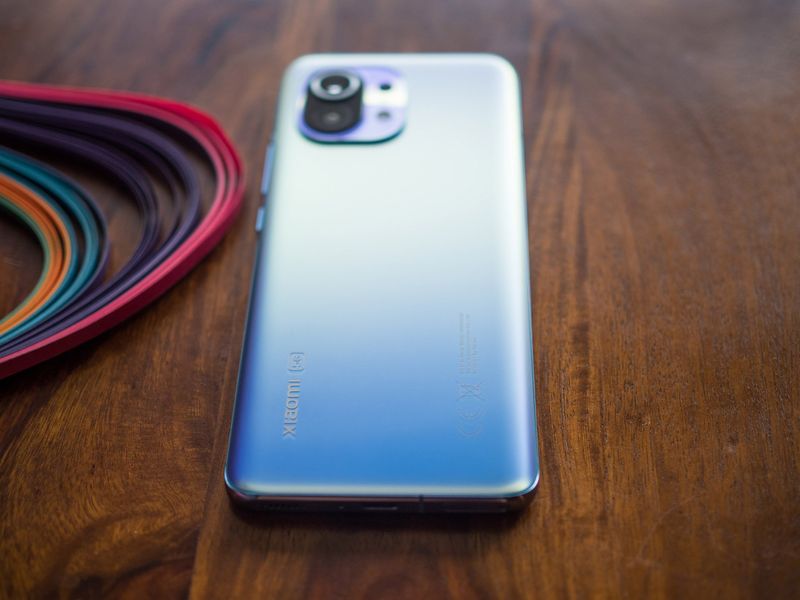
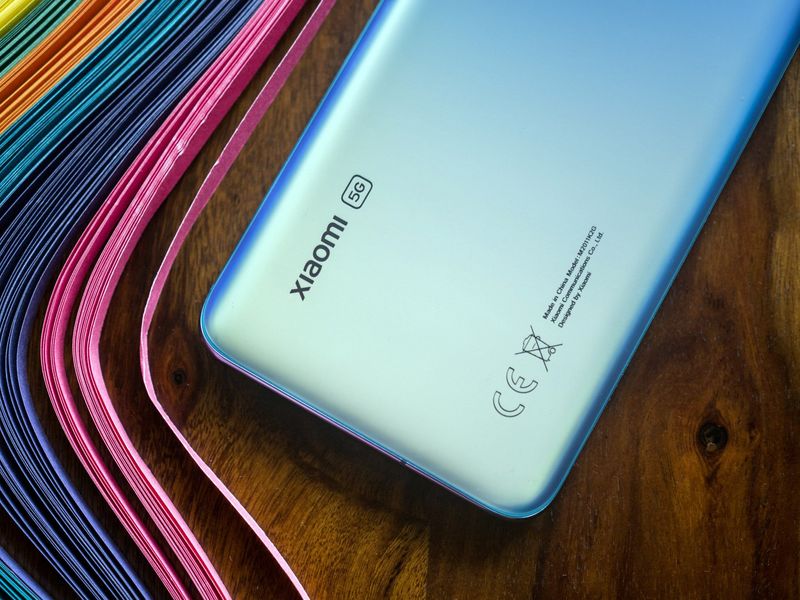
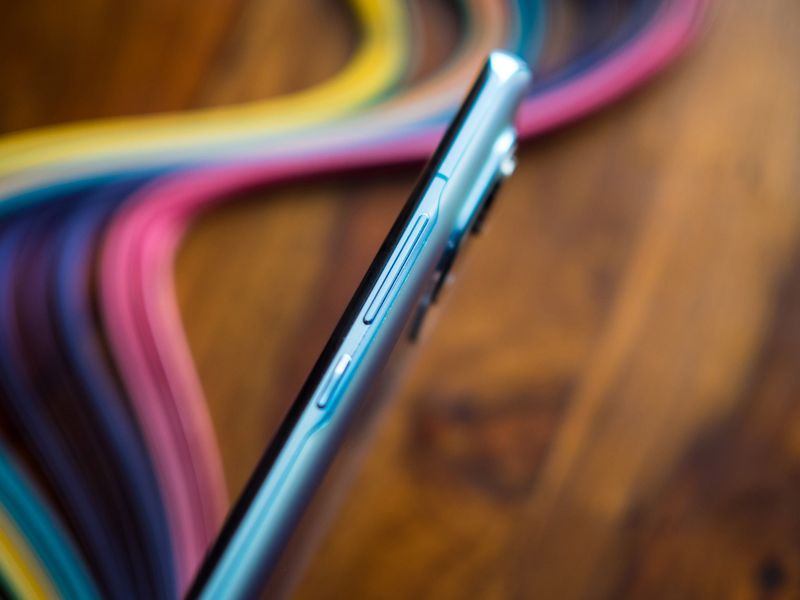
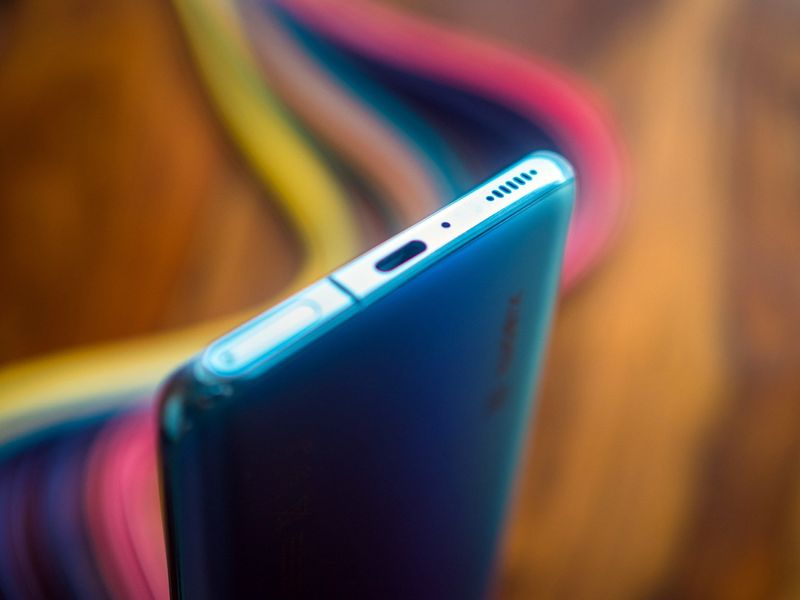
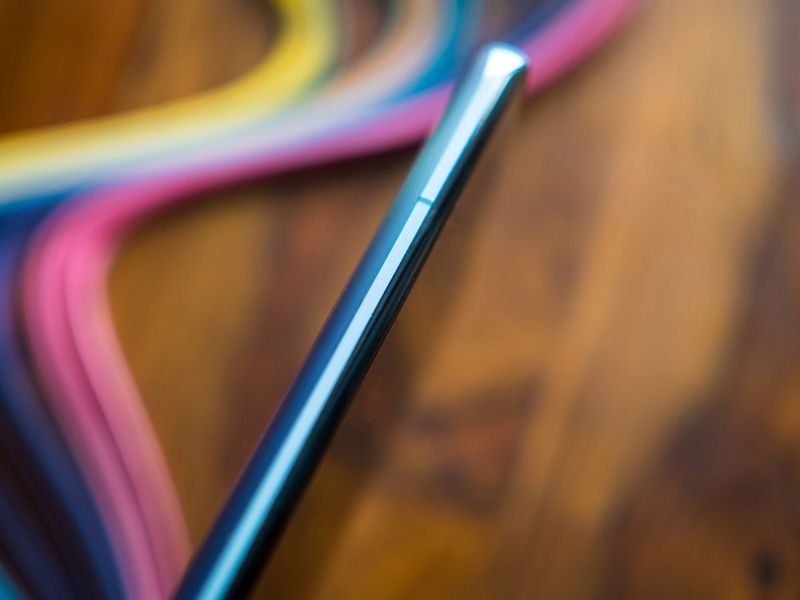
Rounding out the design, the Mi 11 has power and volume buttons on the right, an IR blaster at the top, a dual SIM card tray at the bottom next to the USB-C port, and stereo speakers located at the bottom and top. You'll find a "Sound by Harman Kardon" moniker at the top, and that's because the sound is tuned by the Samsung-owned audio brand.
Xiaomi has nailed the weight distribution, and the Mi 11 feels great to hold and use.
An interesting design change is that the edges on all four corners extend out over the lip of the glass at the front, ensuring that the glass pane itself doesn't come into contact with any surface should the phone take a tumble.
I put this to the test (unwittingly, of course) when the phone tumbled out of my hand, landed on my foot, and skidded across the floor before coming to rest against the bookshelf. One of these extended edges took the brunt of the impact, and the glass itself was unscathed. The Mi 11 comes with a silicone case out of the box, and it's a good idea to use the phone with the bundled case. Xiaomi also sells a case that looks very similar to Google's fabric cases for its Pixels, but Xiaomi's offering is made out of polyurethane.
While I'm not a fan of phones with dual-curved sides, the curvature itself isn't so extreme that it affects usability. There is enough room on the mid-frame to hold the phone, and while the phone has a large 6.81-inch panel, it isn't unwieldy to hold or use. With dimensions of 164.3 x 74.6 x 8.1 mm and a weight of 196g, it is nearly identical to the Galaxy S21+ in terms of size.
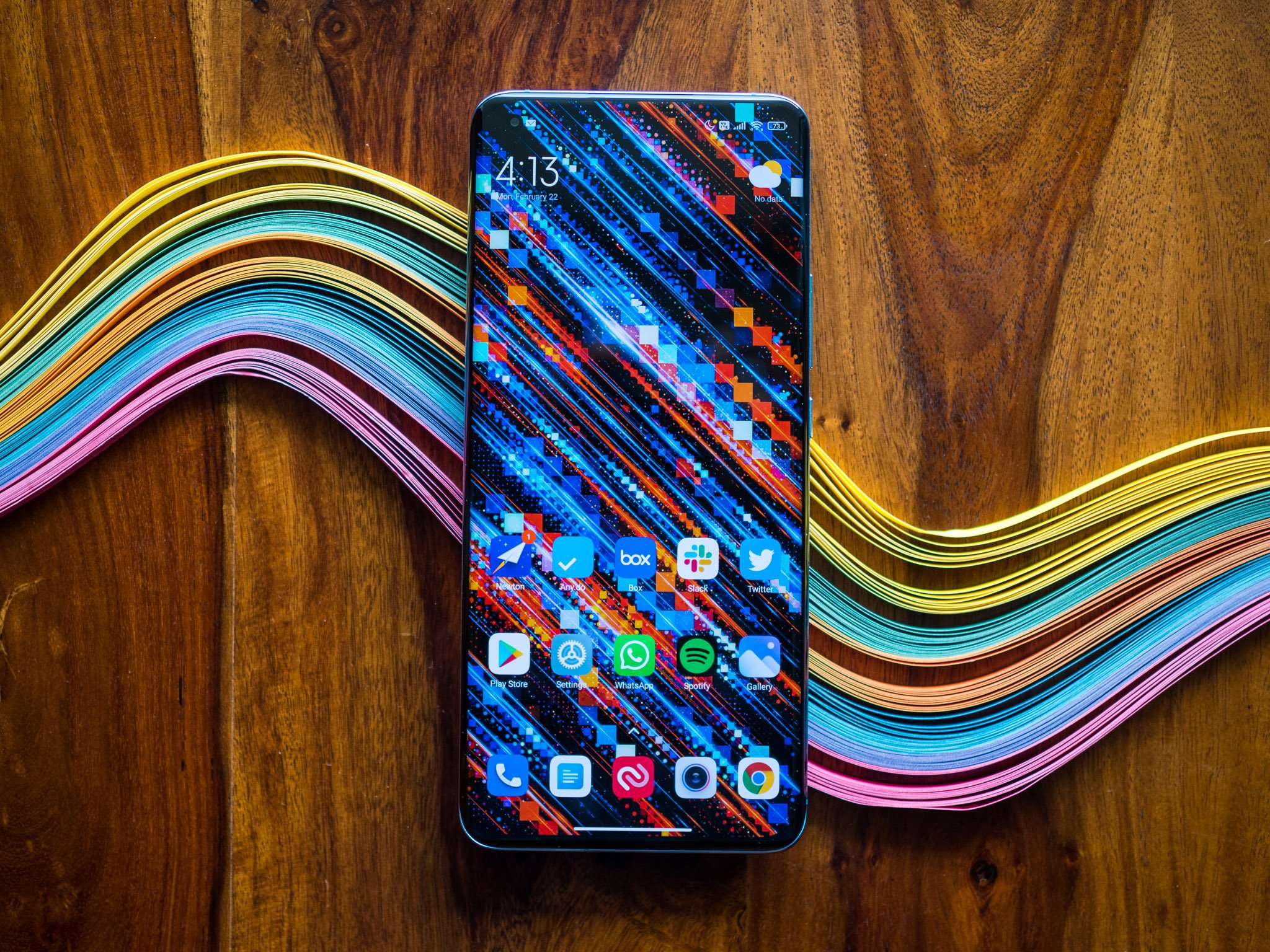
The Mi 11 is the first Xiaomi phone with a QHD+ display, and the panel itself is exceptional. The 6.81-inch AMOLED display has a resolution of 3200 x 1440, and it offers 10-bit colors and HDR10+ content for Netflix, Prime Video, and others.
The phone comes with a 120Hz refresh rate, but out of the box it is set to 60Hz by default. So you will have to go into the settings and change to 120Hz to see fluid animations. Xiaomi lets you switch to 120Hz with QHD+, and that's the mode I used during my testing.
Xiaomi's first QHD+ display is one of the best you'll find on any phone today.
Like most Xiaomi phones, you get three color modes to choose from — Auto, Saturated, and Original — and you also have the ability to tweak the color balance to your preferences. There's schedulable dark mode, a dedicated reading mode that turns the screen monochrome, anti-flicker mode to reduce eye strain, AI-assisted video upscaling — including HDR — and image enhancement, as well as motion smoothing.
You'll also find an always-on display, and just like dark mode, there's the option to leave it enabled throughout or schedule the mode. Xiaomi offers plenty of customizability in this area; there are over two dozen clock styles to choose from, and edge lighting where the edges of the screen light up for incoming notifications.
The display itself is outstanding, with vibrant colors, excellent contrast levels, and zero issues with visibility under harsh sunlight. The screen goes up to 900 nits in auto mode, and the panel is on par with the best that Samsung has to offer right now. What makes the Mi 11 stand out for streaming videos and playing games is the stereo speakers; the phone has identical speakers at the top and bottom, and they sound fantastic. The quality of the QHD+ panel combined with the stereo sound makes the Mi 11 a true powerhouse for content consumption.
Xiaomi Mi 11 Performance and battery
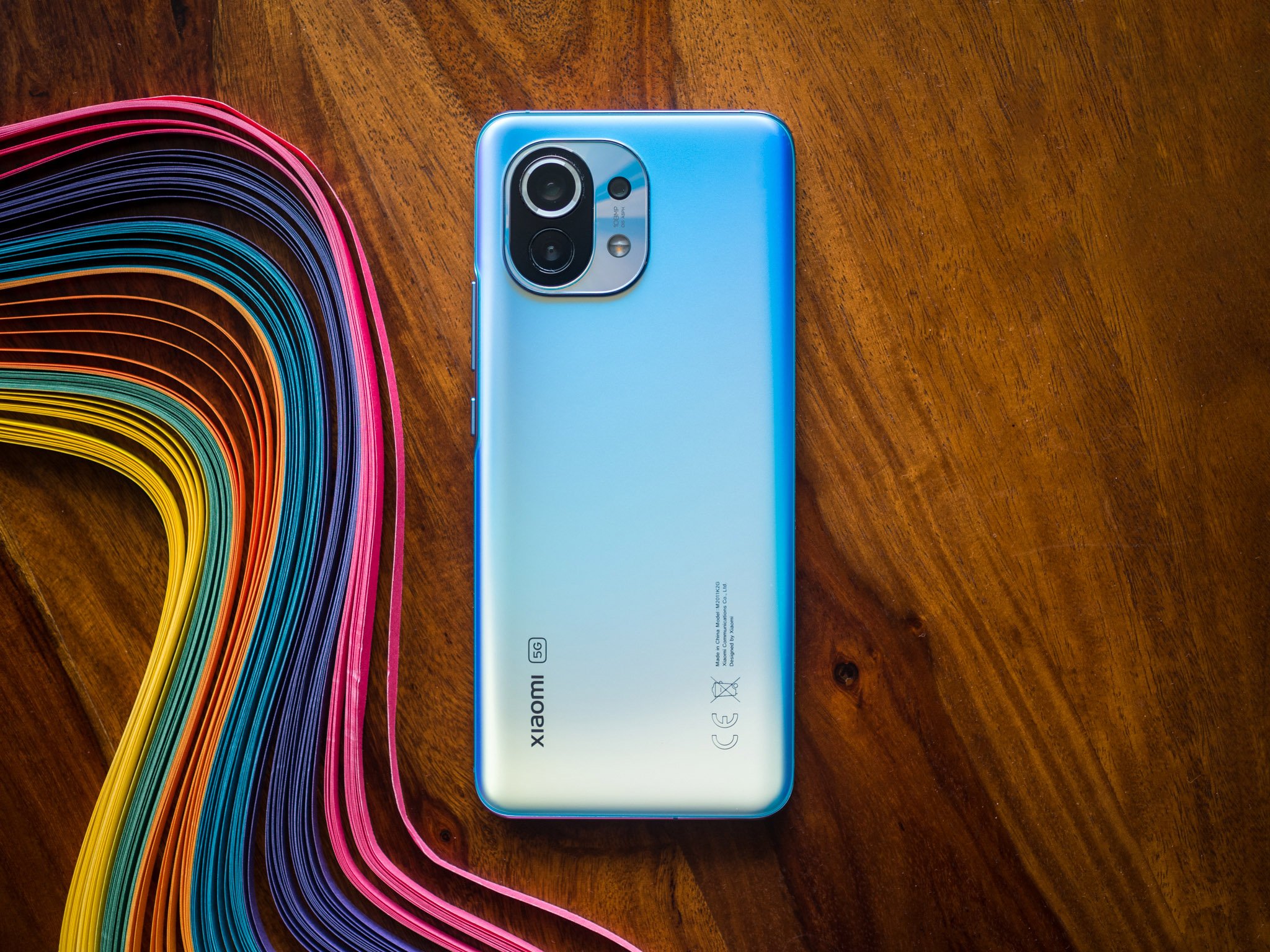
Xiaomi phones have always delivered standout value, and that's no different on its 2021 flagship. The Mi 11 is the first Snapdragon 888-powered phone I've used, and it delivers incredible performance.
The chipset is built on a 5nm node, has an integrated 5G modem, and features a three-core cluster: four Cortex A55 cores up to 1.8GHz, three Cortex A78 cores that go up to 2.42GHz, and a new Cortex X1 core that hits 2.84GHz. The X1 core allows the Snapdragon 888 to stand out from what Qualcomm has done in this category over the last four years.
| Specs | Xiaomi Mi 11 |
|---|---|
| Software | MIUI 12 based on Android 11 |
| Display | 6.81-inch (3200x1440) 120Hz AMOLED |
| Chipset | 2.84GHz Snapdragon 888 |
| RAM | 8GB/12GB |
| Storage | 128GB/256GB |
| Rear Camera 1 | 108MP ƒ/1.9 (primary) |
| Rear Camera 2 | 13MP ƒ/2.4 (wide-angle) |
| Rear Camera 3 | 5MP ƒ/2.4 (macro) |
| Front Camera | 20MP ƒ/2.2 |
| Connectivity | Wi-Fi 6, BT5.2, NFC, AptX |
| Battery | 4600mAh | 55W wired / 50W wireless |
| Security | In-screen fingerprint |
| Colors | Horizon Blue, Midnight Gray, Cloud White, Gold, Violet |
| Dimensions | 164.3 x 74.6 x 8.1mm |
| Weight | 196g |
That said, I don't see any difference between the Snapdragon 888 and last year's Snapdragon 865, and while Qualcomm's latest chipset pulls ahead in synthetic tests, that doesn't necessarily lead to real-world performance gains. That's because the hardware on offer is overkill for anything you can throw at it right now.
The most demanding of games run without an issue, and that will be the case for several years. The differentiator with the Snapdragon 888 isn't that it is fast today; but that it will continue to deliver the same level of performance three or four years down the line. The Snapdragon 888 isn't using all of its power in most day-to-day use cases — even accounting for gaming — and that means there's a lot of overhead for the future.
The Mi 11 is available with 8GB of RAM in two storage options: 128GB and 256GB. You'll find LPDDR5 RAM and UFS 3.1 storage modules as standard, and while Xiaomi sells a 12GB/256GB option in China, that variant isn't launching in global markets. That said, 8GB of RAM is still more than enough in 2021, and I didn't see any slowdowns or issues with multi-tasking in the week I used the Mi 11.
The Mi 11 has an x-axis vibration motor that delivers great feedback. Xiaomi has come a long way in this area in the last two years, and it is nice to see the Mi 11 offer one of the best haptic feedback modules you'll find today. On that note, the in-screen fingerprint sensor also works reliably and is fast to authenticate. The software-based face unlock feature is similarly fast and hassle-free.
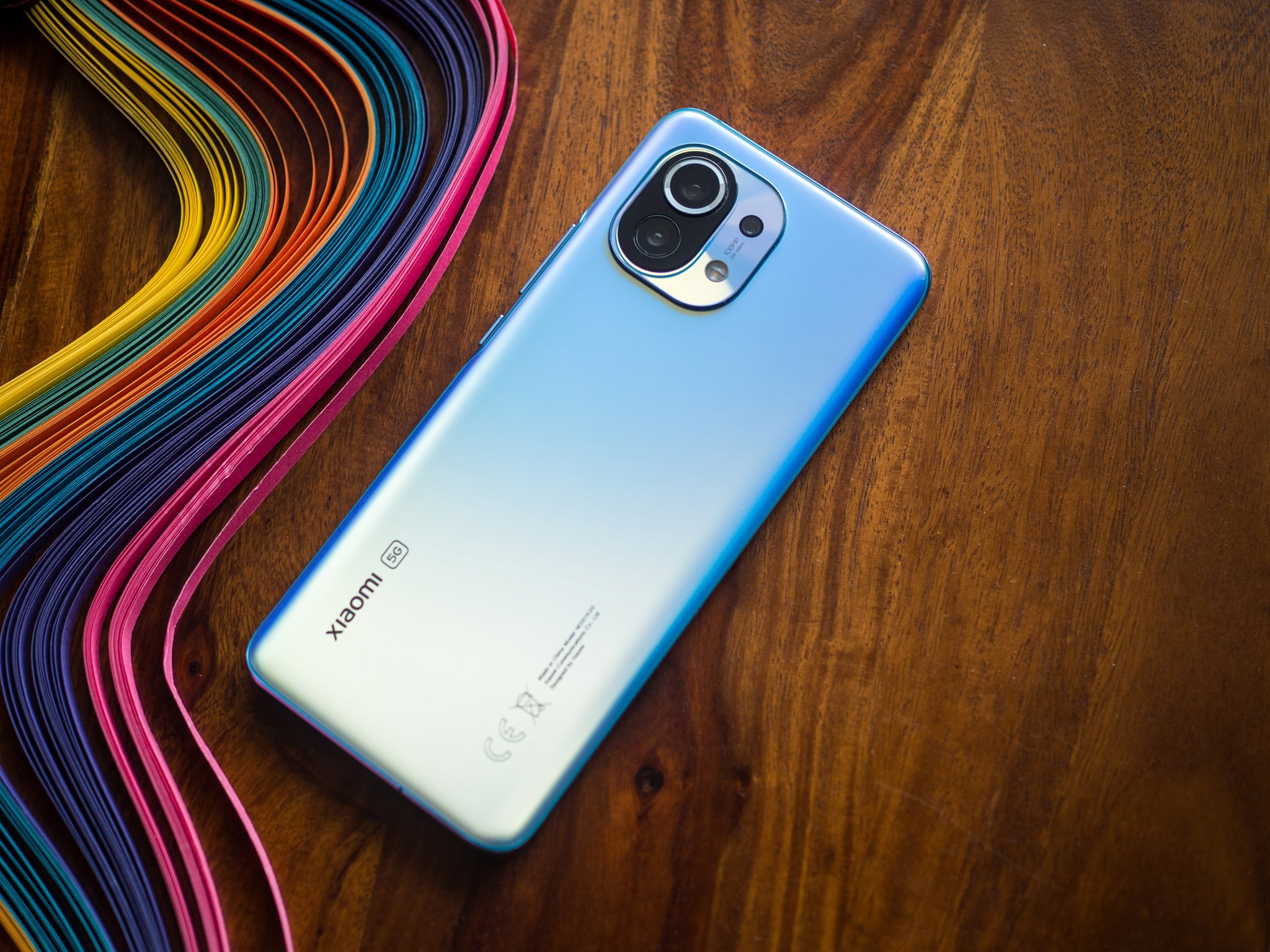
Elsewhere, the Mi 11 has Wi-Fi 6 connectivity along with Bluetooth 5.2, NFC, and the AptX HD audio codec. I didn't see any issues whatsoever with Wi-Fi 6, and the Mi 11 consistently delivered bandwidth of over 500Mbit. The phone has an integrated X60 modem that includes global 5G connectivity, and it has bands n1/n3/n5/n7/n8/n20/n28/n38/n41/n77/n78/n79. Availability of bands will vary based on the region, with Xiaomi opting to include just the bare minimum in markets like India, where there's no 5G service at this moment.
The Mi 11 ticks all the right boxes, but there's no IP68 here.
While the Mi 11 packs a lot of hardware, the one feature it misses out on is IP rating. There is some level of dust and water ingress protection, but the lack of a formal IP rating puts the Mi 11 on the backfoot against other flagships. Xiaomi has offered P2i coating to protect its devices against the occasional splash of water, but it still doesn't make water-resistant phones — and that needs to change sooner rather than later.
Another issue on the hardware front was around the SIM card slot. I use the SIM1 slot for my primary SIM, and I didn't realize that calls weren't coming through until a few days later when my dad called on Duo and said that my phone number was unavailable. I switched my SIM card to another device and it worked fine, but it didn't work again in the SIM1 slot on the Mi 11.
Thankfully, the phone has dual-SIM connectivity — the global Mi 10 Pro had a dual SIM tray but the second SIM slot was covered over — and I put my SIM card in the secondary slot and can now make calls and use cellular data. This is likely just an issue with my particular unit, but I mention it here as I've never had a problem with the SIM card slot before.
There's VoLTE and Wi-Fi calling, but because the phone isn't registered on Airtel, I wasn't able to use the latter. For what it's worth, VoLTE works just fine, and calls went through without any issues once I switched to the secondary SIM slot.
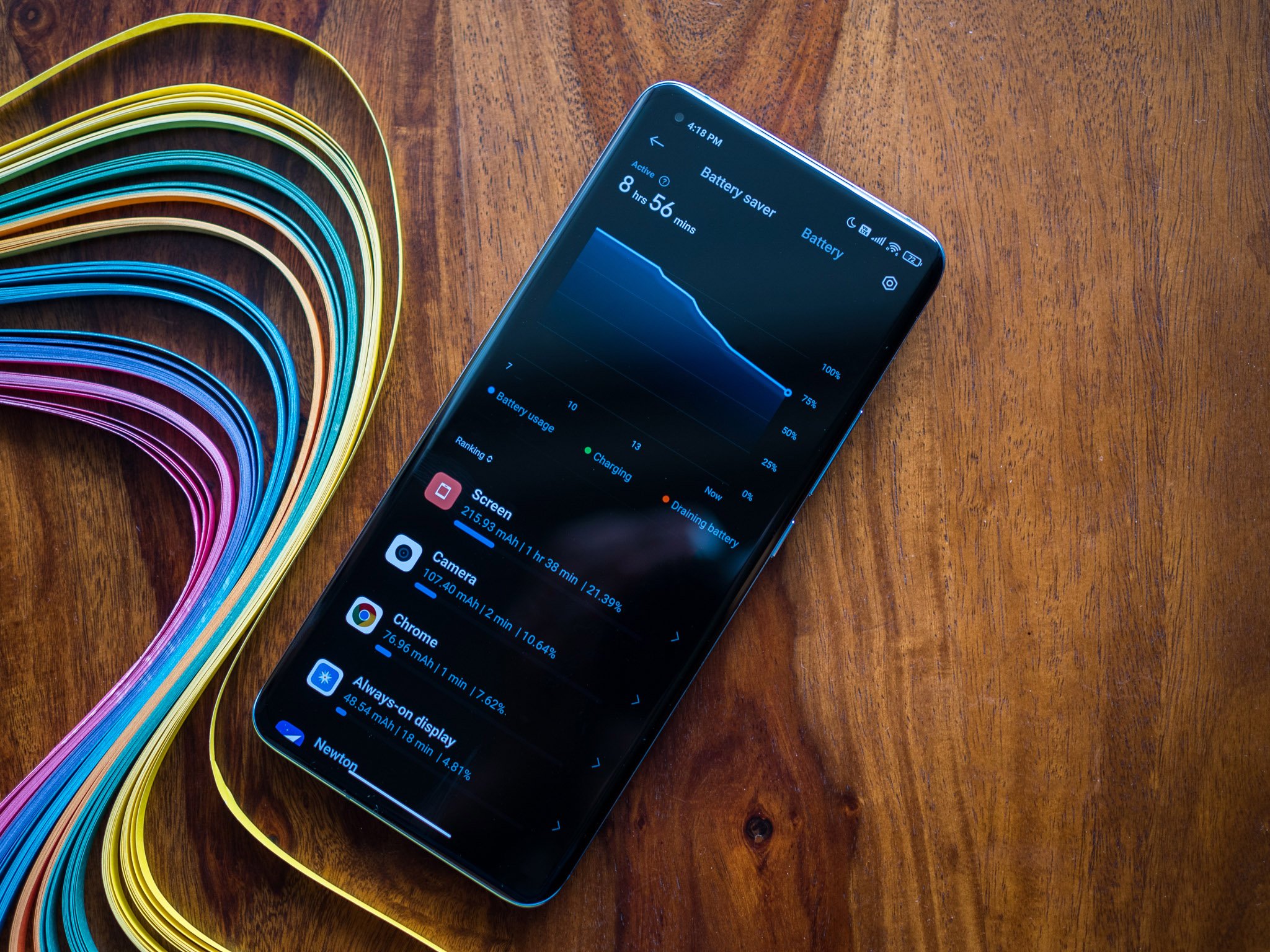
Coming to the battery side of things, the Mi 11 has a 4600mAh battery and offers 55W wired and 50W wireless charging. I loved the 30W wireless charger that Xiaomi bundled with the Mi 10 Pro last year, but I haven't been able to use the 50W wireless option just yet; I intend to fix that very soon.
Battery life is average, but the Mi 11 still lasts a day consistently.
Battery life itself is decent on the Mi 11; I routinely got a day's worth of use without any issues, with around 30% charge left over after four hours of screen-on-time with AOD enabled throughout the day.
The phone doesn't last as long as the Mi 10 or Mi 10 Pro in spite of the fact that it features a more efficient 5nm chipset; those gains are offset by the QHD+ panel at 120Hz. The only other devices I used that offered QHD+ panels at 120Hz were the OnePlus 8 Pro and the Find X2 Pro, and the Mi 11 fares about the same when it comes to battery life as these devices.
So while the battery life is not on par with other Xiaomi flagships, you'll still get a day's usage consistently. Xiaomi bundles a 55W GaN charger in the box, and the phone takes 30 minutes to hit 80% and fully charges in under 50 minutes. The Mi 11 also has 10W reverse wireless charging that comes in handy for charging accessories.
Xiaomi Mi 11 Cameras
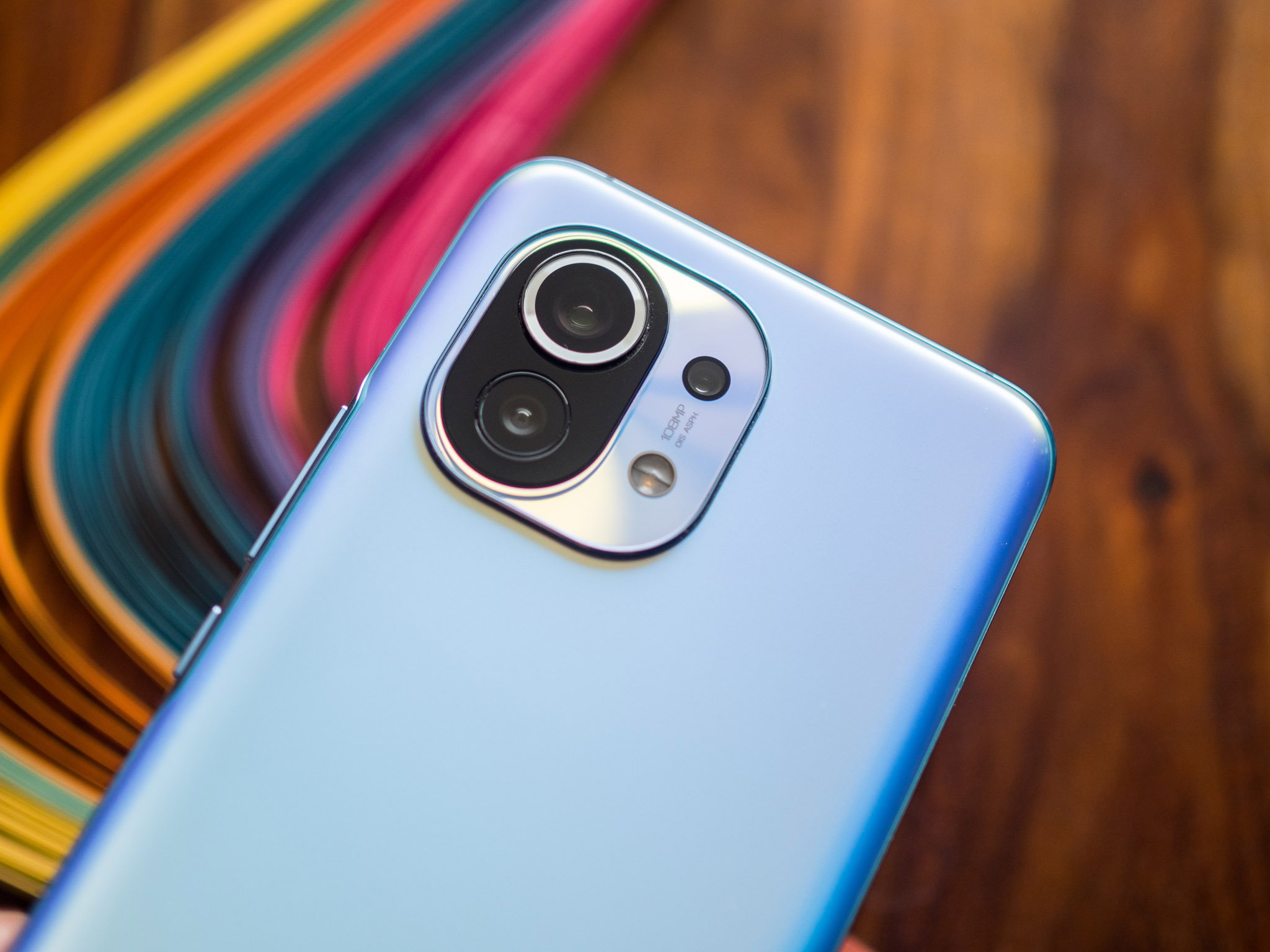
One of the main reasons for picking up a flagship phone in 2021 is the camera, and in this area, the Mi 11 has plenty to offer. The phone has a 108MP primary camera at the back — it's using the same Samsung Bright HMX sensor as last year — and there's a 13MP wide-angle along with a 5MP macro lens. The macro lens is interesting as it is not a fixed-focus module, so you can get usable shots this time around.
Xiaomi is positioning the camera as a key differentiator for the Mi 11, particularly with video. The tagline for the phone is Movie Magic, and while the QHD+ screen and stereo sound play a part in that moniker, it mostly revolves around video. Xiaomi has a series of movie effects on the phone: magic zoom dramatically zooms in on the subject, slow shutter lets you shoot fast-moving objects, time freeze slows down one side of the frame, and parallel world mirrors the view — ideal for recreating scenes from Doctor Strange.
The Mi 11 takes astounding photos in any lighting scenario.
You'll also find eight cinematic filters to easily change the look of your videos, and there's ultra night video for shooting video in little to no light. There's a dedicated manual mode as well that lets you tweak every facet of the camera to your needs, and you can also shoot HDR10+ video.
The camera interface itself should feel familiar if you've used a Xiaomi phone in the past, with the modes laid out in a ribbon and toggles for the wide-angle lens, 2x zoom mode, and the primary module. There's Google Lens integration within the viewfinder, and you'll find toggles for HDR, AI camera, flash, and beautify effects.
Shots are automatically binned to 27MP, but you can shoot full-res 108MP photos as well should you wish to do so. There are a lot of AI-assisted camera features here, and you can use the AI camera for up to 1080p video at 30fps. Like the Mi 10 series, the Mi 11 lets you shoot 8K video, this time at up to 30fps. You can also shoot 4K video at 60fps, and use the aforementioned night mode for getting more detail out of videos in low-light scenarios.
24/02/2021 04:00 AM
Concept Design Shows Us What The Galaxy Z Flip 3 May Look Like
24/02/2021 02:29 PM
Xbox classic 'Star Wars - Republic Commando' is coming to PS4 and Switch
24/02/2021 01:10 PM
How to use and disable Chrome's new tab groups and grid switcher
24/02/2021 11:11 AM
Fisker is working with Foxconn on a 'breakthrough' EV
24/02/2021 09:22 AM
How to watch 'MTV Unplugged presents BTS' live stream from anywhere
24/02/2021 02:08 AM
The ‘Stardew Valley’ board game is now available
24/02/2021 03:24 AM
Grab an unlocked Samsung Galaxy Note 20 Ultra 5G smartphone down to $925
24/02/2021 12:21 PM
- Comics
- HEALTH
- Libraries & Demo
- Sports Games
- Racing
- Cards & Casino
- Media & Video
- Photography
- Transportation
- Arcade & Action
- Brain & Puzzle
- Social
- Communication
- Casual
- Personalization
- Tools
- Medical
- Weather
- Shopping
- Health & Fitness
- Productivity
- Books & Reference
- Finance
- Entertainment
- Business
- Sports
- Music & Audio
- News & Magazines
- Education
- Lifestyle
- Travel & Local
2014 © US apps and news
